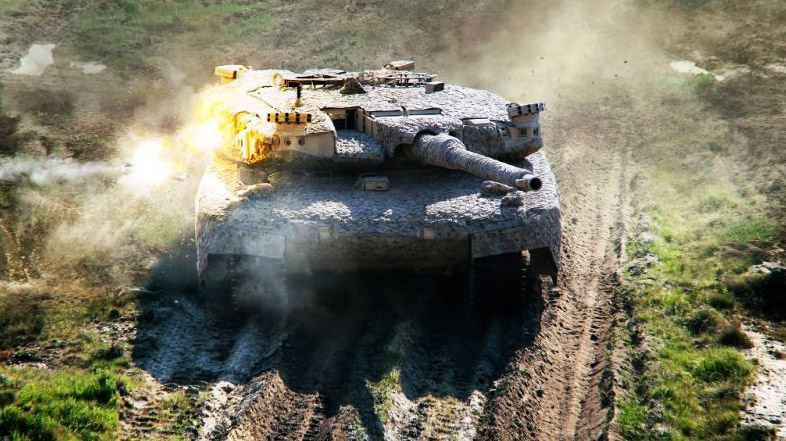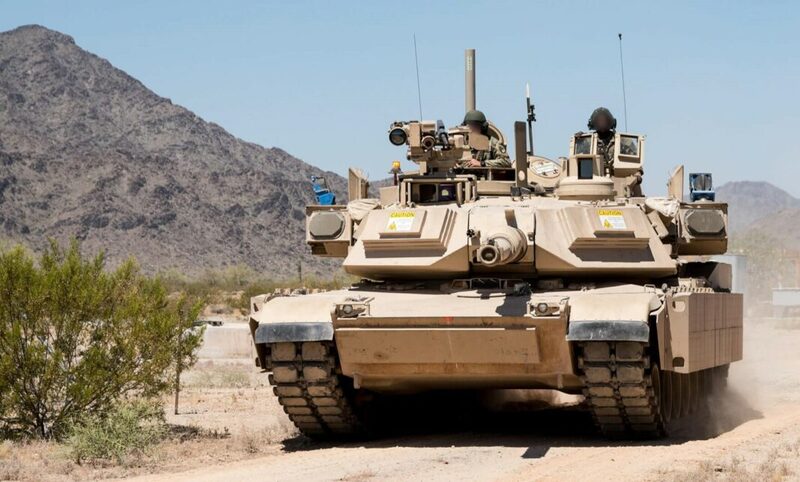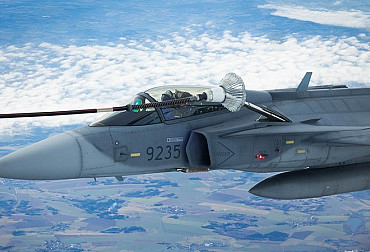Active protection systems for the Czech Armed Forces
Although in recent years, in connection with the modernisation of the Czech Armed Forces, there has been more talk about the acquisition of "hardware" - new IFVs, guns, anti-aircraft missile systems or helicopters, one of the most important areas cannot be neglected - the protection of soldiers' lives and health. Therefore, it is appropriate to consider equipping army vehicles with active protection systems, thus increasing the likelihood of survival on the battlefield.
In fact, the requirement for the possibility of installing an active protection system appears in the publicly available specifications for new tracked IFVs. In this case, the Army is looking for both soft kill and hard kill systems. That is, a system capable of disabling flying missiles both by jamming and by sending countermeasures. Such a system can be used especially in lower intensity conflicts, such as the current deployment of the Czech Armed Forces in the Sahel. It is in such conflicts that anti-tank guided and unguided missiles are often encountered.
It should be noted, however, that in the coming years, the Czech Army will be faced with a lower than originally planned budget, and therefore all modernisation projects as such need to be completed first. In order to fit within the budget, some additional capabilities of the equipment being purchased are likely to be cut.
In the context of the acquisition of additional capabilities, there are frequent discussions on whether the Czech Army, given its financial capabilities, its tasks within the Alliance and its capabilities in general, needs such systems at all. However, if we look at the conflicts in which the Czech Armed Forces have been deployed since its inception, we find that the acquisition of such capabilities is more than appropriate. Both from the point of view of protecting the health and lives of soldiers and from the point of view of protecting the technology itself. As far as the replacement of equipment is concerned, the question arises whether the Czech Armed Forces would be able to replace the destroyed pieces of equipment.
Apparently, active protection systems for army vehicles are not a hot topic for the next 5 years at least. However, the acquisition of such systems for new IFVs, upgraded Pandur vehicles, new tanks after 2030 or light armoured vehicles should be considered.
Therefore, the Czech Ministry of Defence has sufficient time for this potential acquisition. The interesting thing in this area is that the ministry can choose from very interesting options - whether in terms of capability increases, geopolitics or interesting technological options.
Before introducing possible relevant systems from abroad, it is worth mentioning the Czech Republic's own active protection system project. This was to be developed by Czech research institutions in cooperation with the private sector. The project started between 2007 and 2009 and, according to the Czech Technology Agency, by 2019 a working prototype of a purely Czech active protection system had been created. It is a "hard kill" system and the Technology Agency's profile of the project states that the result has not yet been used in practice and its main advantage is a saving of about CZK 3.5 million per vehicle compared to the acquisition of a similar foreign system.
Although the author of the article certainly does not want to denigrate the work of Czech engineers, it will be necessary to pragmatically evaluate the benefits of the Czech project in comparison with other options (whether the financial savings are the only advantage of the Czech solution, etc.). If the Czech MoD comes to the conclusion that foreign options are more advantageous, we can consider the Czech project as a good start, which may culminate, for example, in the partial transfer of production of foreign systems of this category to the Czech Republic thanks to the aforementioned Czech project.
In terms of foreign solutions, there are actually only two relevant options - the German StrikeShield by Rheinmetall and the Israeli Trophy system by Rafael. Both potential candidates offer very interesting possibilities for the Czech Republic to bring advanced technologies to the Czech Republic and increase the capabilities of the Czech Armed Forces.
 Picture: Demonstration of the StrikeShield active protection system | Rheinmetall / CC BY-NC-ND
Picture: Demonstration of the StrikeShield active protection system | Rheinmetall / CC BY-NC-ND
In the first case, it is the latest generation of the German active protection system. In the latest version, the manufacturer even offers a lower electromagnetic footprint, which reduces the probability of targeting a vehicle in the electromagnetic spectrum without affecting the overall level of vehicle protection. The manufacturer states that the latest version of the system only scans a radius of 35 metres from the vehicle. The StrikeShield system has been chosen by the Hungarian armed forces, for example, in conjunction with the purchase of new Lynx IFVs. Apart from the obvious link to the Czech tender, the question is whether StrikeShield will also be integrated on Leopard 2 tanks, in which case StrikeShield would be a very interesting option for the Czech Armed Forces.
In the second case, the Israeli Trophy system, which has been developed for a long time and above all is being deployed in combat. Its combat deployment is its main advantage. Together with the above-mentioned advantage, the long-term very good relations between Israel and the Czech Republic also speak in favour of the Israeli solution. The Trophy system can be integrated on heavy, medium and light vehicles. The Bundeswehr has already taken delivery of several Leopard 2A7 tanks with the Trophy system integrated. The US and British armies have also chosen this system for their tanks. Its latest version can be integrated into the wider Israeli Fire Weaver command and control system.
 Picture: Israeli Trophy active protection system on an American Abrams tank | Rafael / CC BY-NC-ND
Picture: Israeli Trophy active protection system on an American Abrams tank | Rafael / CC BY-NC-ND
Whichever way the MoD and, by extension, the Czech Army decides to go, the outcome will be unambiguously positive. In both cases, the acquisition of an active protection system will increase the likelihood of survival for the operators of combat vehicles. This will open the door for the Czech Army to deploy to other combat operations, which will bring much-needed experience. Given the potential industrial cooperation in the acquisition of such a system, this opens up opportunities for the Czech defence and security industry to collaborate on the development and production of cutting-edge technologies.





















